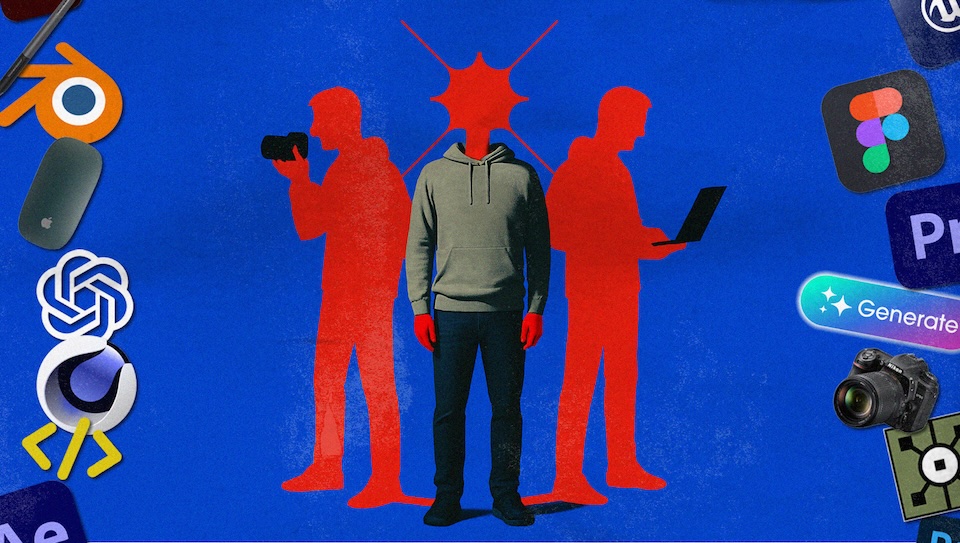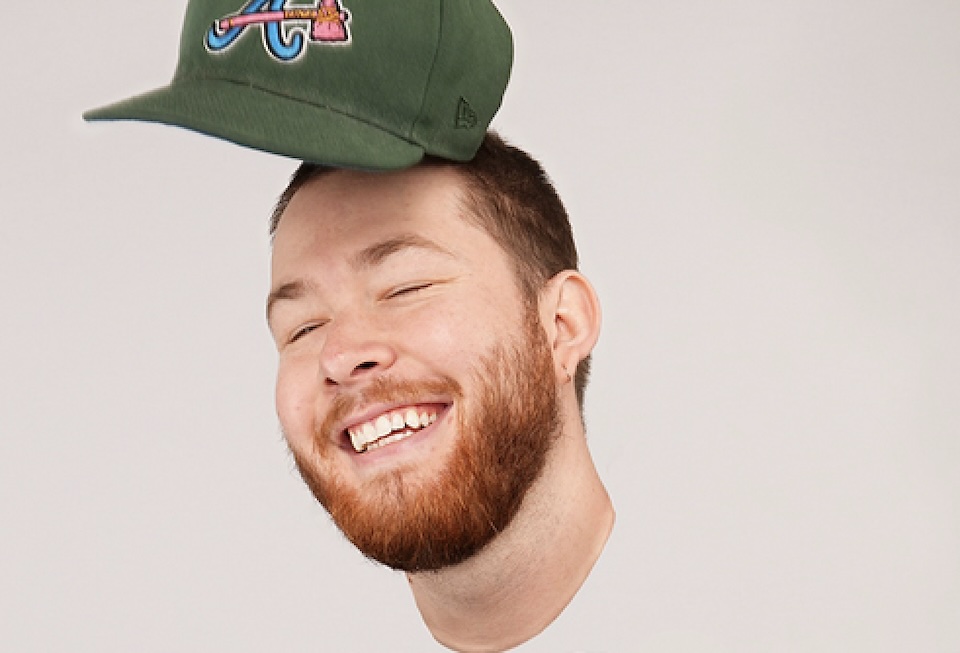The Dawn of the Hyphenate Creative: Why It Matters
It's not just about multitasking. It's about expanding your horizons and crafting better content

Allow me to make a bold statement. Today, the biggest career advantage isn’t technical mastery, seniority or the number of trophies you’ve collected in Southern France. It’s curiosity.
I should know. I’ve been in the industry for a whopping three years.
I’ll pause to let you appreciate the wisdom that a seasoned veteran like me is about to bestow upon you.
The reality is, the new wave of creatives aren’t just wearing one hat; they’re showing up with an entire rack. Back in the day, if you were an art director, you were expected to have a strong visual eye, know your way around Adobe and partner closely with a writer to crack the big idea. Or, so I’ve heard.
But today, the role of a “creative” is evolving.
Art directors animate. Writers shoot and edit. Designers code. It’s not about nodding politely and staying in your one-dimensional lane. It’s about acquiring as many skills as possible to be better equipped to solve any given problem. It’s a natural response to the way tools and inspiration have become so accessible. Learning motion design is just a few YouTube tutorials away. Lensing and shot framing? There are lessons everywhere. And social media has essentially turned into one big masterclass in emerging aesthetics.
Because of all that, the definition of a “creative” is expanding as fast as any skillset. And curiosity, if you embrace it, has become the new career advantage.
One of the clearest signs of that shift is how younger creatives and brands are approaching AI and emerging tech. While many in the industry are understandably hesitant, or even fearful, of such tools, the younger generation tends to see it a little differently. It’s not a threat. It’s a resource. A tool to iterate faster, prototype smarter or unlock new kinds of storytelling. Again, it comes back to curiosity.
AI isn’t replacing imagination; it’s extending it. And when used well, it becomes another layer in the toolkit—no different than Photoshop, a camera or the internet (which people feared greatly—again, so I’ve heard). Being curious to explore the wide array of tools at our disposal allows us to uncover a world of new solutions. Tools don’t make the creative. At the end of the day, it still takes vision, taste and judgment to produce something great.
The creatives making the most of these tools are the curious ones. The ones who treat a new tool not as a threat but as an invitation. The modern creative will use AI to mock-up design systems, generate alternate headlines, create style-frames or even animate early concepts that help sell through the bigger idea. We’re using tools like Runway, Midjourney and ChatGPT. Not as shortcuts, but as ways to push ideas farther, faster. These platforms aren’t replacing the work—they’re expanding the possibilities. Curiosity gives creatives permission to try, experiment and stretch beyond a single lane. That’s when titles become limiting. That’s how a “creative” becomes a hyphenate.
Curiosity and Tech Pave a Path to More Powerful Human Collaboration
At a place like Colossus, it’s no longer unusual to see a junior team come in with campaign ideas and the motion tests to sell them, a producer who tweaks rough cuts, or an account manager who jumps in with layout suggestions. The boundaries have blurred because folks are stepping up with curiosity and skills that enhance the work. That collaboration across generations and disciplines is what keeps the work sharp. Veteran creatives bring insight and vision. Hybrid thinkers help expand it—through animation, interactivity or whatever tool tomorrow brings. It’s not a competition; it’s a convergence.
But none of this replaces experience. The value of a seasoned creative director, someone who understands pacing, storytelling, strategy and the craft of making great work, is just as critical as ever. I’ve learned more from experienced CDs than I could ever learn from a software tutorial (and I’m not just saying that because I know they’re going to read this). The difference is, now they may be collaborating with a junior who brings that idea to life in an unexpected medium: a reactive website, an AR activation or a short-form edit that feels more like entertainment than advertising.
That kind of partnership is where the magic really happens.
Of course, this shift comes with growing pains. Job descriptions haven’t caught up to reality and hybrid creatives are sometimes expected to do more without due recognition. A marketing coordinator who ends up designing, shooting, and editing content probably shouldn’t still be a marketing coordinator. The titles should reflect the work being done. The best agencies are championing these Swiss Army knife creatives and giving them the space to be more than a box on an org chart.
That’s the future I’m excited about. A future where creatives are hired not just for what their title says they can do, but also for the 10 other things they’re quietly great at. Where agencies see curiosity as currency. Where the most effective creative teams aren’t divided by skillset, but built around collaboration across generations, disciplines and new tech.
The industry isn’t just asking for good ideas. It’s seeking pros who can bring them to life, shape them, stretch them and make them resonate across every platform.
Often, such folks don’t just fit their respective titles. They also transcend labels. This is the dawn and expanding power of the hyphenate creative.



 Events
Events

